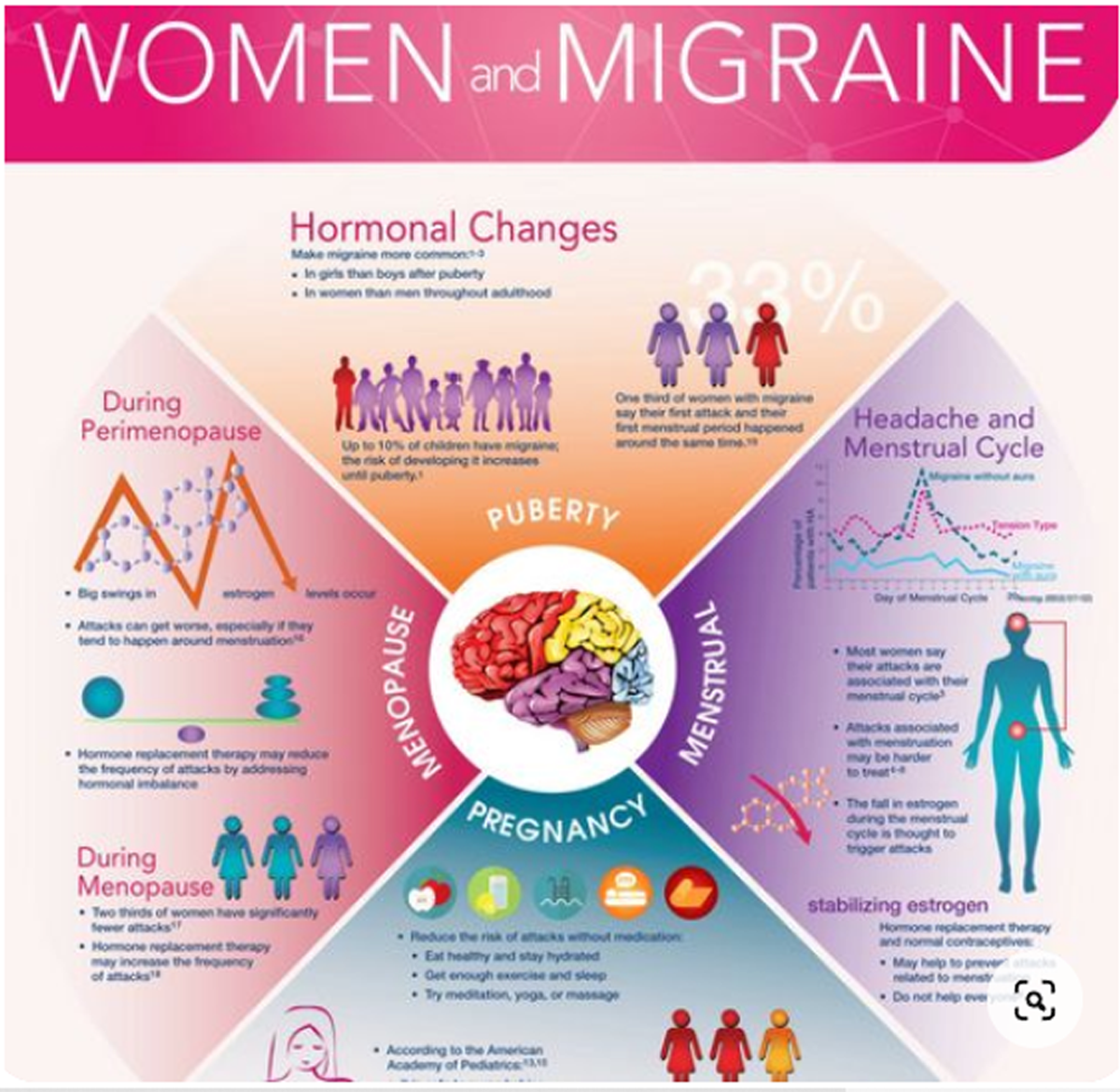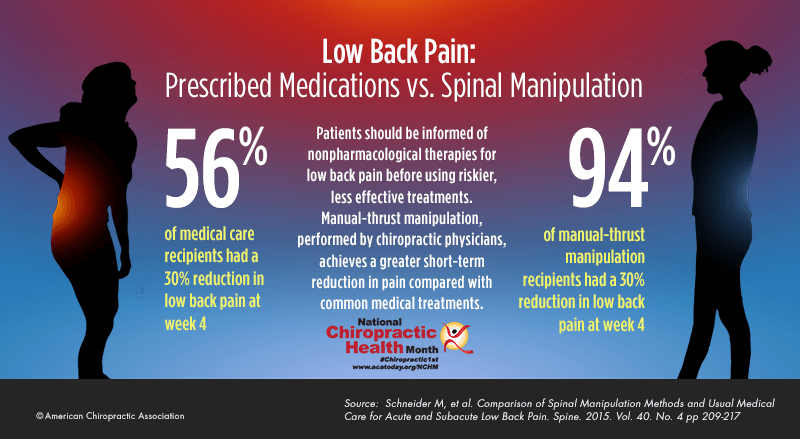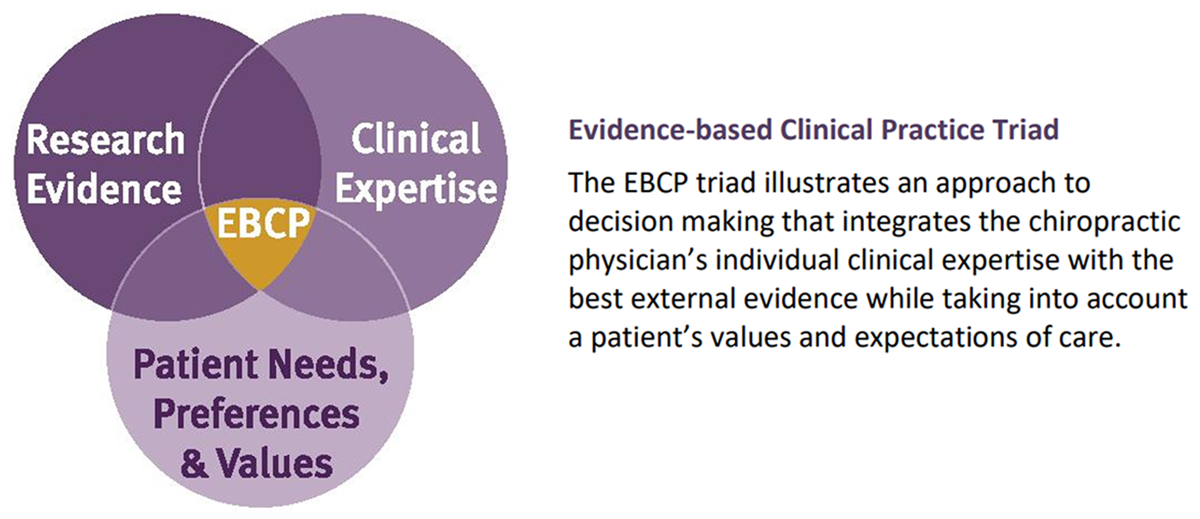Prevalence of Low Back Pain in Adolescents with Idiopathic Scoliosis: A Systematic Review
SOURCE: Chiropractic & Manual Therapies 2017 (Apr 20); 25: 10
Jean Théroux, Norman Stomski, Christopher J. Hodgetts,
Ariane Ballard, Christelle Khadra, Sylvie Le May and
Hubert Labelle
Research Center,
Sainte-Justine University Hospital Center
School of Health Profession,
Murdoch University
Background Adolescent idiopathic scoliosis is the most common spinal deformity occurring in adolescents and its established prevalence varies from 2 to 3%. Adolescent idiopathic scoliosis has been identified as a potential risk factor for the development of low back pain in adolescents. The purpose of this study was to systematically review studies of the prevalence of low back pain in adolescents with idiopathic scoliosis in order to establish the quality of the evidence and determine whether the prevalence estimates could be statistically pooled.
Methods Systematic electronic searches were undertaken in PubMed, CINAHL, and CENTRAL without any restrictions. Studies were eligible for inclusion if they reported the prevalence of low back pain in adolescents with idiopathic scoliosis. Studies were excluded if they detailed the prevalence of pain in post-surgical subjects or were published in languages other than English or French. Data were reported qualitatively, since there was insufficient evidence for statistical pooling.
Results The electronic search strategies yielded 1811 unique studies. Only two studies fulfilled the eligibility criteria. The prevalence of low back pain in adolescents with idiopathic scoliosis ranged from 34.7 to 42.0%. However, these prevalence estimates should be viewed cautiously as the included studies were at high risk of bias.
There are more articles like this @ our:
Conclusion The results of this systematic review indicate that adolescents with idiopathic scoliosis frequently experience low back pain. However, there was insufficient evidence to confidently estimate low back pain prevalence in adolescents with idiopathic scoliosis and further studies are needed in this area.
Keywords Low back pain Adolescent idiopathic scoliosis Prevalence
From the Full-Text Article:
Introduction
In developed countries, low back pain commonly occurs and is a leading cause of disability and financial burden. [1] The epidemiology of low back pain has been extensively researched in adults but is less well understood in adolescents. [2] Estimates of the prevalence of low back pain in adolescents vary widely, but a recent systematic review concluded that the 1-week prevalence was 17.7%, and 12-month prevalence was 33.6%. [3] Low back pain impacts significantly on adolescents, as over nine in ten report disability that may include reduced physical activity, school absenteeism, and limitations in daily activities. [4-6]
The Scoliosis Research Society defines adolescent idiopathic scoliosis as a three-dimensional spinal deviation with a greater than 10° Cobb angle of unknown aetiology occurring in adolescents 10 years and older. [7] Adolescent idiopathic scoliosis is the most common spinal deformity occurring in adolescents and its established prevalence varies from 2 to 3%. [8] Adolescent idiopathic scoliosis has been identified as a potential risk factor for the development of low back pain in adolescents. [9] Subsequently, studies have been undertaken to establish the prevalence of low back pain in adolescents with idiopathic scoliosis.
Literature reviews have detailed the prevalence of back pain, but not specifically low back pain, in adolescents with idiopathic scoliosis. [10] Moreover, such reviews have not assessed the quality of the available evidence, and therefore have not established whether estimates of back pain prevalence may be subject to bias. [10] Hence, the purpose of this study was to systematically review studies examining the prevalence of low back pain in adolescents with idiopathic scoliosis in order to establish the quality of the evidence and determine whether the prevalence estimates could be statistically pooled.
SOURCE: Read the rest of this Full Text article now!






Leave A Comment